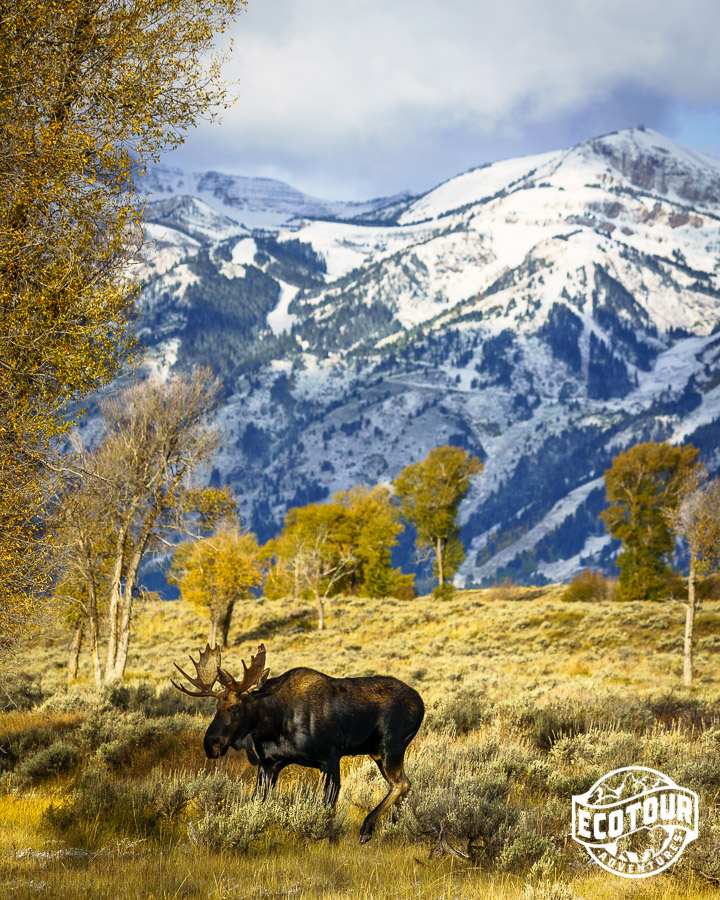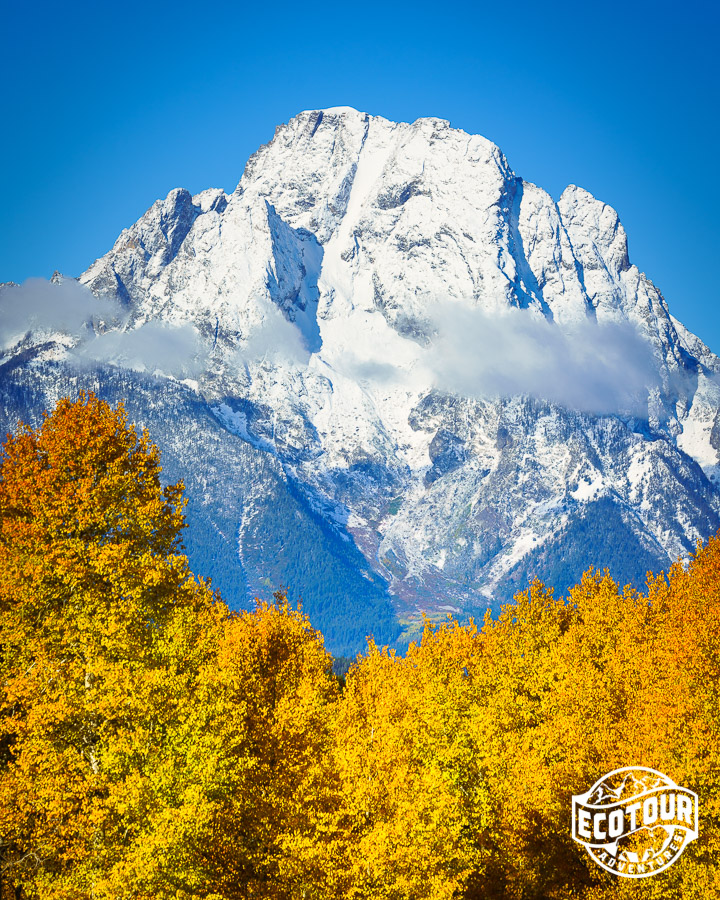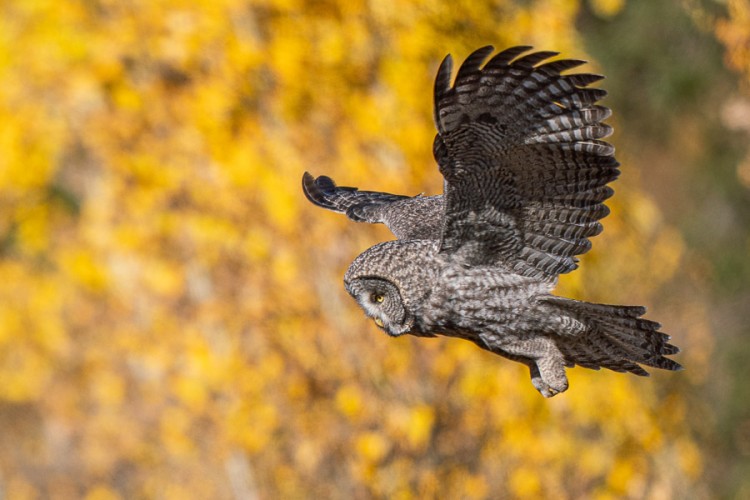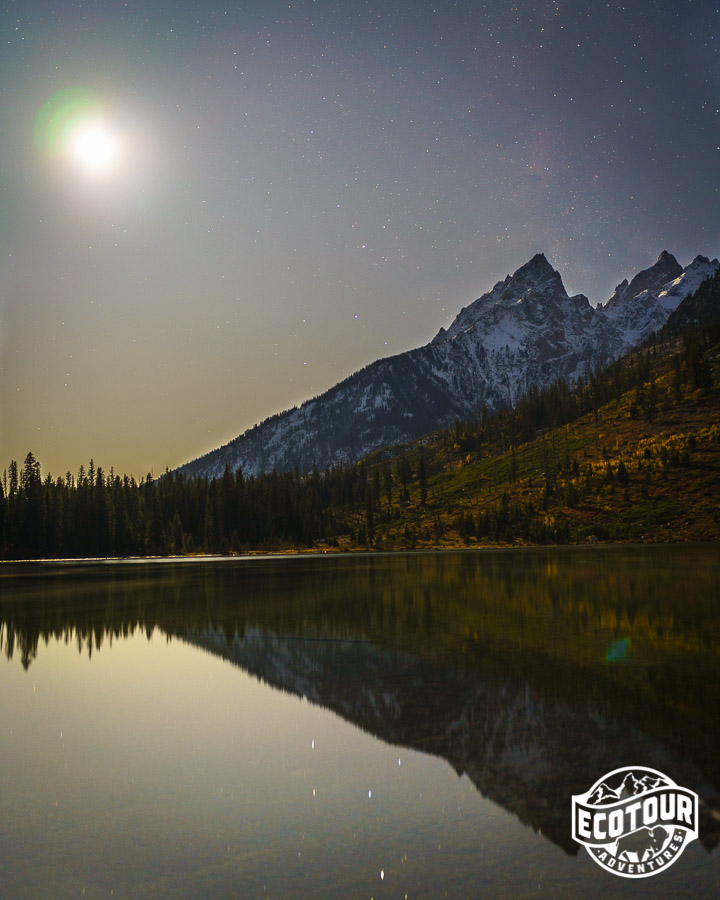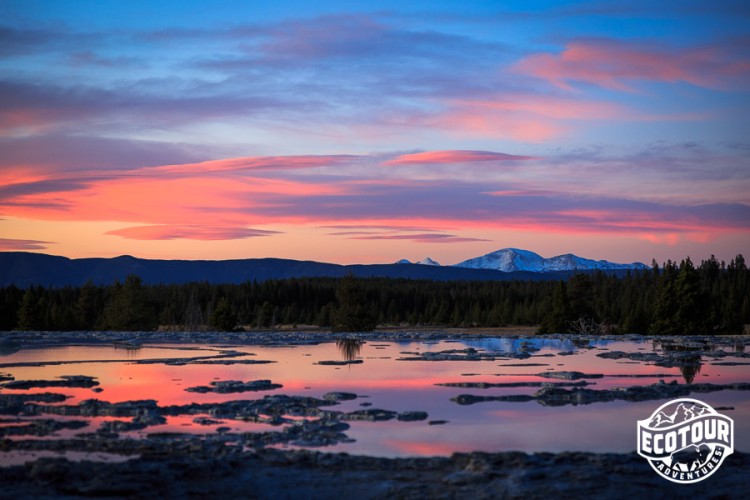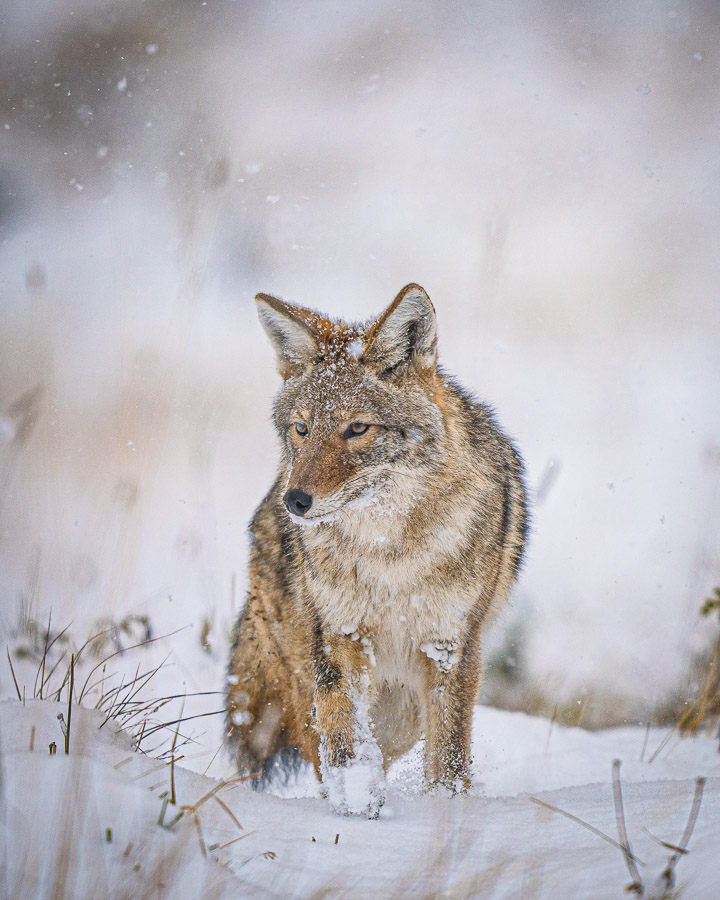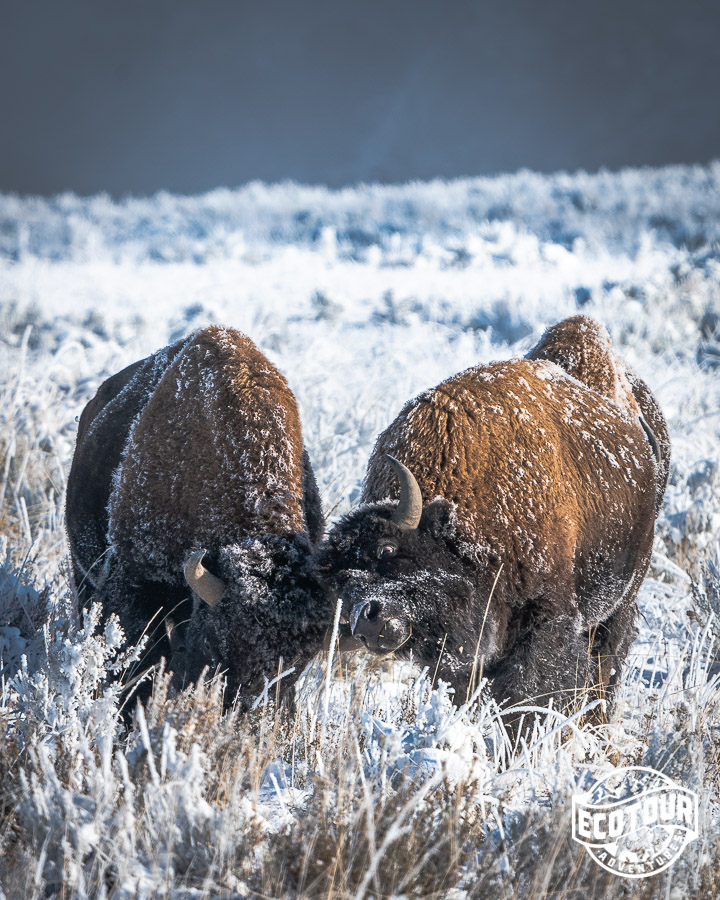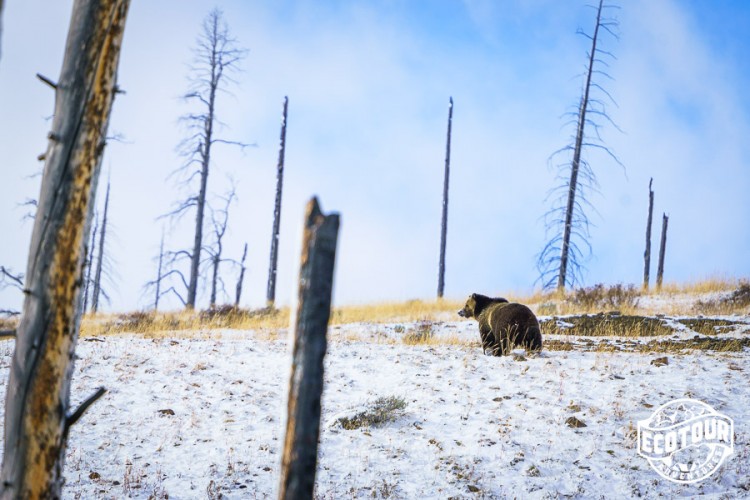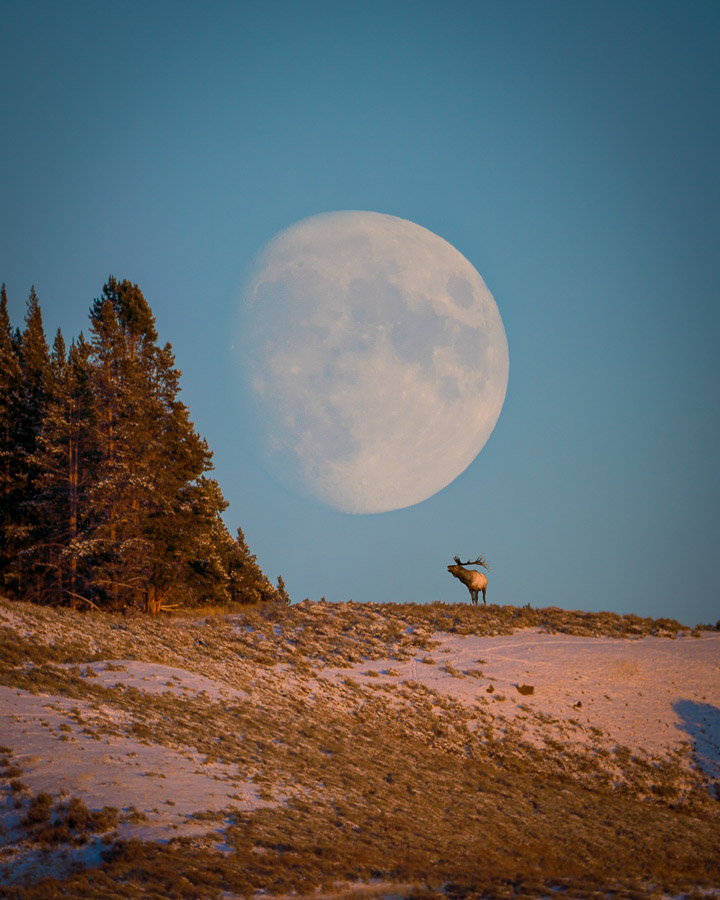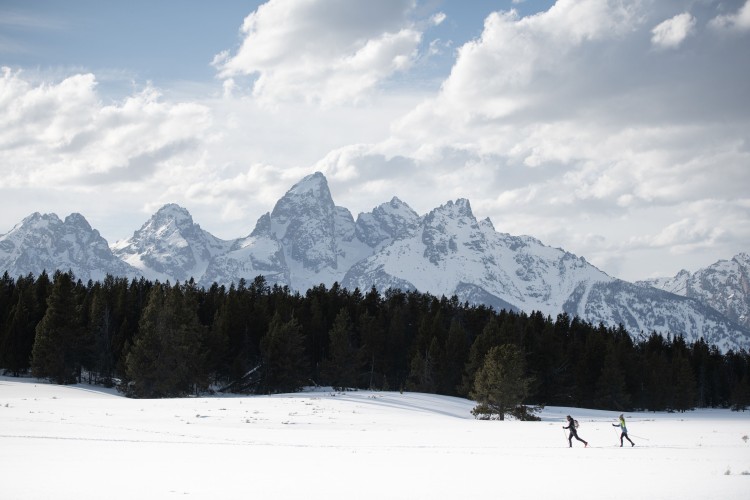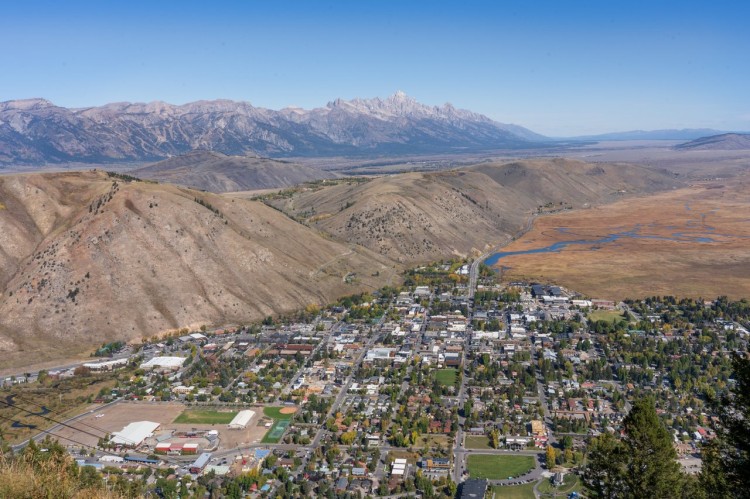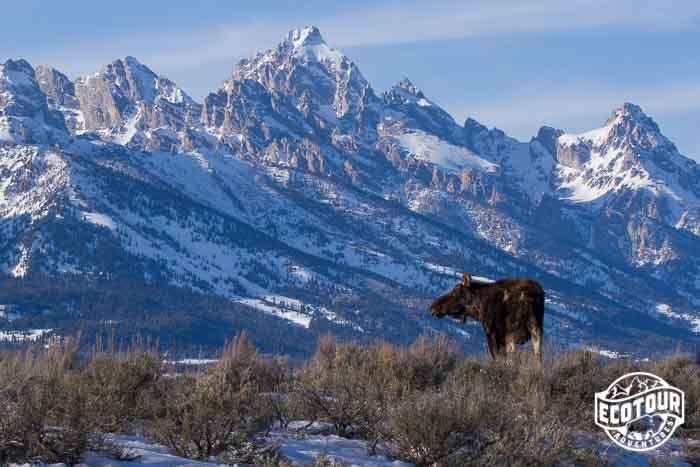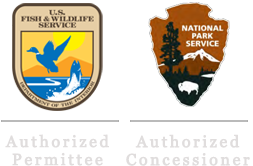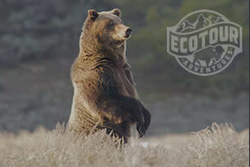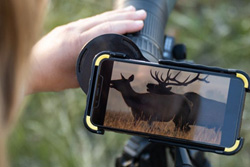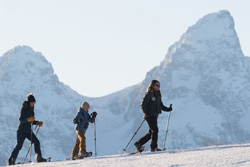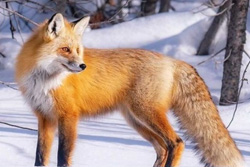2019 Yellowstone Fall Photography Workshop Trip Report
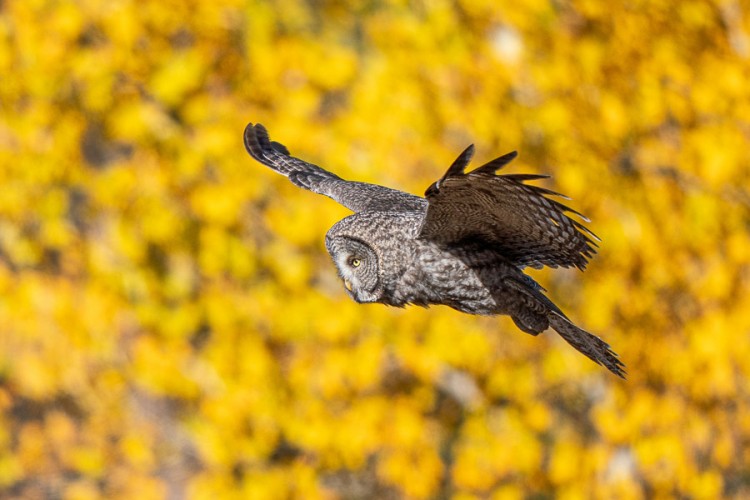

Perfect fall colors. Bull moose framed by golden cottonwoods. Technicolor sunsets reflecting in Yellowstone’s thermal waters. Grizzlies, wolves and bison in the snow. All of this topped off by a glimpse at the winter wonderland of Yellowstone made for an unforgettable 2019 Fall Photography Workshop with Sony Alpha Photographer Nate Luebbe.
As many Jackson locals can attest, fall was fleeting this year, with warm days bookended by winter storms coating the Tetons in stunning blanket of white. This time of transition is a favorite for photographers as it provides the opportunity to capture unique animal behavior and stunning landscapes during a quieter time of year with fewer visitors to the parks. With this in mind, Nate and I set out to explore Grand Teton and Yellowstone National Parks with a small group of photography enthusiasts, ranging from a beginner who had never used a dslr camera to participants with years of experience shooting all over the world.
(2020 Dates October 2nd-10th! Learn more here)
Moose Morning in Grand Teton National Park
There’s nothing like golden aspen trees with snowy mountain backdrops, and when the clouds lifted on the morning of our first day we knew we had scored. At one of our first stops, a bull moose lay bedded in the sagebrush near the Gros Ventre River. We patiently waited at a distance with telephoto lenses for the giant to rise. Fall is the mating season for moose and the bull had a broken antler, possibly from sparring with another male. The moose soon rose, illuminated in beautiful morning light with the 10,000 foot tall peaks of the southern Tetons framed behind golden cottonwood trees.
Peak Fall Foliage and Snowy Tetons
In fall, as the photoperiod, or length of daylight shortens, the leaves of deciduous trees undergo a chemical change. Chlorophyll production slows, revealing other pigments which turn the color of leaves to beautiful oranges, yellows and reds. Though we may not have the robust hardwood forests of the northeast here in Wyoming, we do have aspens, and the golden groves at Oxbow Bend did not disappoint this year. We stopped at the iconic location several times during the trip, taking advantage of changing light conditions.
Ghost of the Forest, the Great Gray Owl
Though locations like Oxbow bend are a must do for visits to Grand Teton and Yellowstone, numerous dirt roads offer opportunities to get “off the beaten path” and seek out more uncommon wildlife sightings. The northern part of Grand Teton National Park, thanks to its proximity to a vast acreage of development free Wilderness, is especially known for grizzlies, but instead we found an equally elusive creature, the Great Gray Owl! Our first sighting was brief, “there’s one!” exclaimed Nate as we rounded a bend. The gray ghost briefly alighted on a douglas fir before vanishing into the woods.
We returned the next morning in hopes of relocating our subject, the largest owl by volume in North America. Nate’s quick eye soon revealed a second owl down the road from the first, and we spent nearly 30 minutes photographing the raptor hunt in an open meadow surrounded by aspen.
Bugling Bull Elk Steal the Show at Dusk
Though good light for photography can be longer during the fall and winter than other times of the year, the time is still finite. One of our best elk encounters occurred after shooting light had waned. We arrived to see a large bull herding a group of cow elk, bugling loudly as other bulls circled in the distance. Like moose, fall is the mating season for elk and National Parks like Grand Teton, Yellowstone, and Rocky Mountain are top spots to view this spectacle. During the rut, bulls focus almost entirely on courting females and chasing away other suitors, often losing upwards of 10% of their body weight! We have video of the encounter in our highlight video of the trip.
2019 Fall Photography Workshop Highlight Video
Astrophotography Beneath the Tetons
One of the best parts of partnering with Sony was the awesome kit of lenses and camera bodies the workshop participants were able to demo during the trip. After a nice dinner at Dornans restaurant in Moose, I drove the group to String Lake in Grand Teton, where spent an hour shooting long exposures of the lake, Tetons, and Milky Way which was beginning to emerge. I took advantage of the Sony 35mm F/1.8 capturing great images of our star filled skies, even with the light from the moon.
Fall Sunsets in Yellowstone’s Geyser Basins
After a few days of exploring Grand Teton and Jackson Hole we headed north for Yellowstone National Park. We enjoyed a picnic lunch and eruption at Old Faithful Yellowstone’s thermal features are often crowded during the day, yet we found them empty for sunset. As the last rays of light shot across the sky above Great Fountain Geyser and purple clouds reflected in its pools, we stood in silence, taking in the scene.
A moment from an ‘endless’ sunset at one of Yellowstone’s Geyser Basins.
Trapped in Yellowstone! (It’s a good thing…)
The beautiful fall weather we had experienced on the trip so far was about to change. Overnight, a winter storm descended on Yellowstone, and we woke up the former mining town of in Cooke City, MT to 6” of snow on the ground. The towering peaks of the Absoroka-Beartooth mountains above us now lay blanketed in snow as we drove into Yellowstone and the Lamar Valley.
Upon entering the valley we almost immediately encountered the Junction Butte wolf pack. Several of the pups from the pack were visible in the driving snow, feeding and playing around an old carcass in the middle of the valley. Ever wary of people, wolves are hard to photograph, so after taking a few shots we sat back to enjoy the show before heading off for other photo opportunities.
The park was nearly empty, road closures had limited the only travel in the entire 2.2 million acre part to the road we were on! We relished in our good fortune of a “country club day” in the park with few other visitors before retreating to Cooke City to prepare for the next day.
A Grizzly at Last
As the storm lifted the next morning we headed towards the Canyon area, in the heart of Yellowstone National Park. Despite our efforts we had not observed grizzlies yet, so I took the group out to the shores of Yellowstone Lake, in search of bears. During fall, grizzlies activity dramatically increases as the bears enter hyperphagia, meaning “over-eating”. Bears can consume upwards of 20,000 calories a day during this time, and as such, they are constantly in motion. And that’s what we found in the burned forest above the lake. A massive sow was at work digging through the snow between charred trees.
Today, though they have made a massive recovery, grizzlies remain listed as a “threatened” species in the Greater Yellowstone Ecosystem. There are only a few places left in the lower 48 states where bears are regularly viewed, and Yellowstone and Grand Teton National Parks make up the core of this area. We’re glad to donate 2.5% of this tour to grizzly bear conservation work in the GYE, through our partners at the Greater Yellowstone Coalition.
A Week of Fall Wildlife in the American Serengeti
Returning to our lodging in Canyon, we stopped for photographs as the nearly full moon rose over a herd of elk in the Hayden Valley. For a moment, a giant bull stood isolated beneath the moon, in the late evening light perfectly framed. Our week of photography and exploration of Grand Teton and Yellowstone had flown by.
Fall in the Greater Yellowstone Ecosystem offers endless options for avid photographers and this year we also had the opportunity to get a taste of winter. The combination of spectacular landscapes, fall foliage, and diverse wildlife sightings, from great gray owls to grizzlies left us in awe of Grand Teton and Yellowstone National Parks. These protected landscapes offer a glimpse into the wildness which is left in an increasingly urbanized world.
Nate and I are excited to return again for fall of 2020, and hope you can join us October 2nd-10th! View the full 2020 Fall Photography Workshop information here.
Josh Metten is a Senior Naturalist and Photographer with EcoTour Adventures based in Jackson, WY. www.joshmetten.com @joshmettenphoto
Nate Luebbe is a professional travel/adventure photographer from Seattle, Washington. He is a member of the Sony Alpha Collective. For more, check out his website or Instagram. www.nateinthewild.com @nateinthewild
Jackson Hole Ecotour Adventures leads wildlife safaris, cross country skiing tours, and snowshoe tours in Grand Teton and Yellowstone National Parks 365 days a year. Learn more about our tours by calling 307-690-9533 or emailing info@jhecotouradventures.com.


